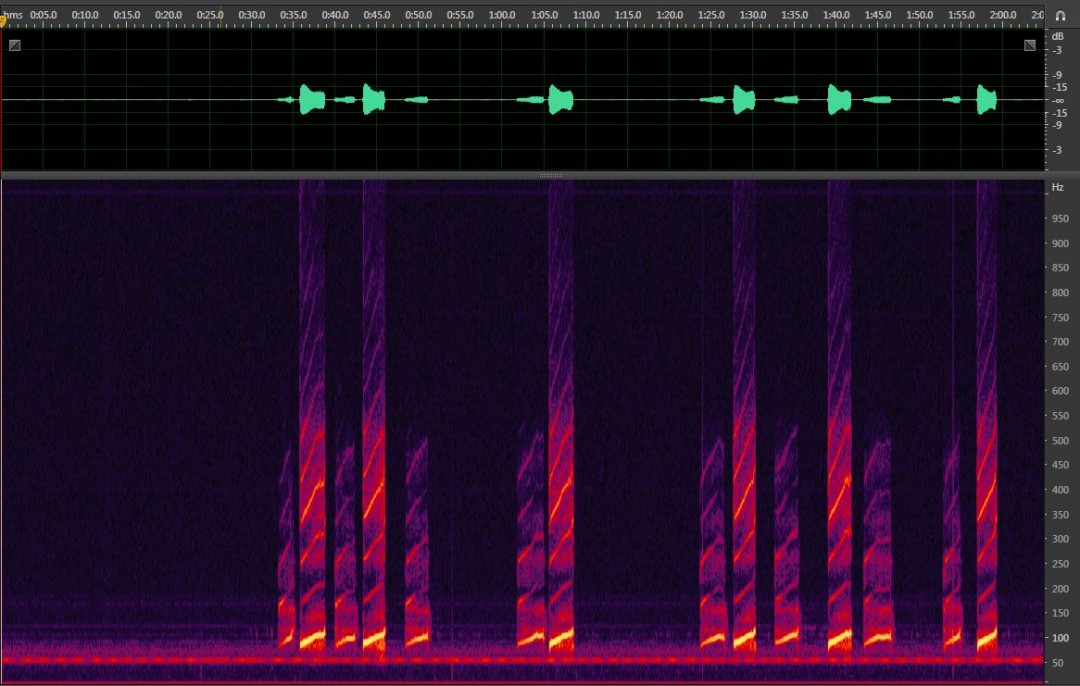Animal communication is a complex behavior that is influenced by abiotic and biotic factors of the environment. Glassy-winged sharpshooters (GWSS), Homalodisca vitripennis (Germar) (Hemiptera: Cicadellidae), primarily use vibrational signaling for courtship communication. Because GWSS is a major pest, transmitting the plant pathogenic bacterium Xylella fastidiosa, interruption of communication is a possible avenue for control. Playback of white noise, pre-recorded female signals, and artificial female noise (continuously overlapping female signals) significantly reduced mating of GWSS when compared to silent control mating trials. Furthermore, to begin to determine the mechanism underlying playback control, female signaling activity was recorded in the presence of stimuli. In response to playback of female signals, females signaled (duet-like) more often than females tested in the absence of playback. After the first playback, almost two-thirds of females signaled a response within 3s. Additionally, one-third of the females signaled within 1s after cessation of white noise, and significantly more in the time periods following noise termination. Results highlight how GWSS responds to differing competitive disturbances in the environment and lays important ground work that possibly could be used to develop pesticide-free control methods.

